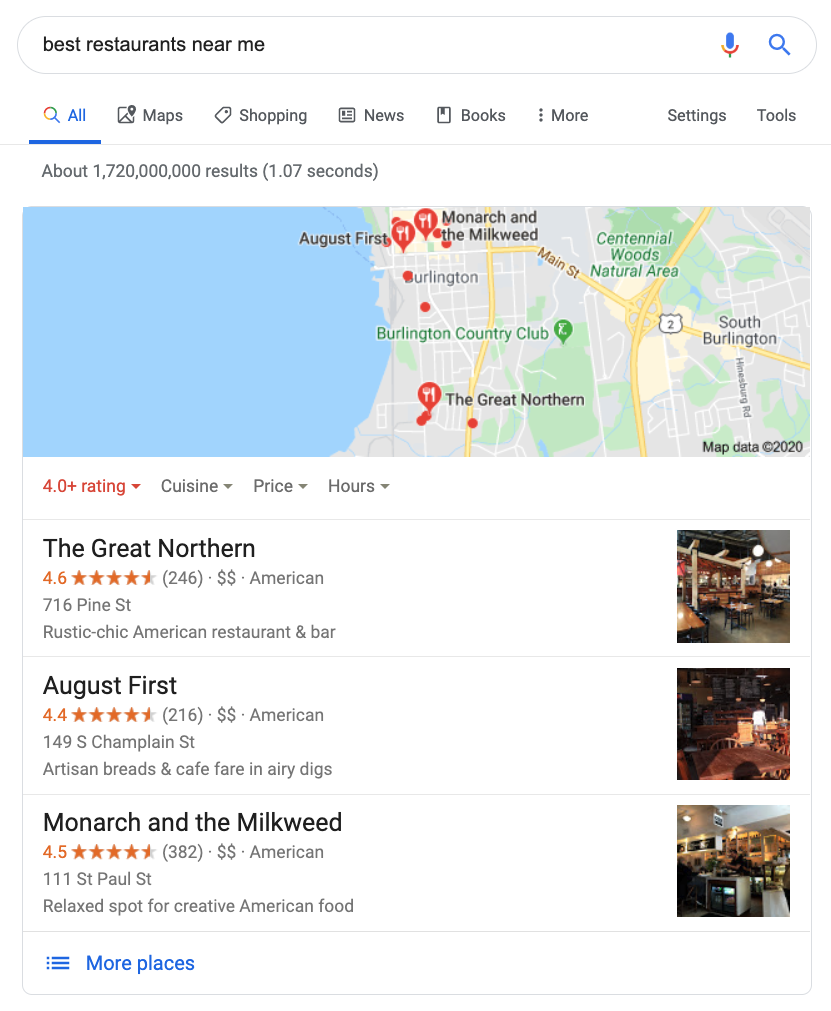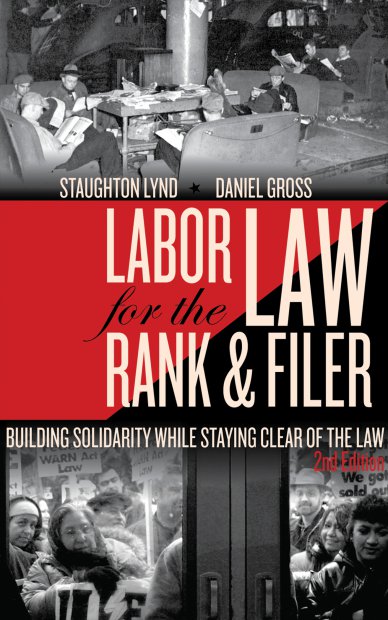What to Do After a Car Accident That Wasn’t Your Fault: A Phone Call Guide
You’re shaken up after a car accident that wasn’t your fault. Your head is spinning, you’re not sure what to do, and you’re worried about the other driver. Take a deep breath and try to stay calm. The most important thing is to get help and start the claims process as soon as possible. Here’s a step-by-step guide on what to do after a car accident that wasn’t your fault:
Contact the Police
The first thing you should do after a car accident is call the police. Even if the accident is minor, it’s important to have a police report on file. The police report will document the accident and provide you with a record of what happened. The police will also be able to help you get the other driver’s insurance information.
When you call the police, be sure to give them the following information:
- Your name and contact information
- The other driver’s name and contact information
- The location of the accident
- The date and time of the accident
- A description of what happened
The police will then send an officer to the scene of the accident. The officer will investigate the accident and write a report. You should get a copy of the police report for your records.
Exchange Insurance Information
Once you have called the police, you should exchange insurance information with the other driver. This will allow you to file a claim with your insurance company. Here’s what you need to exchange:
- Your name and contact information
- Your insurance company’s name and policy number
- The other driver’s name and contact information
- The other driver’s insurance company’s name and policy number
It’s important to get the other driver’s insurance information even if they don’t have a driver’s license or insurance card. You can get their information from their vehicle registration or license plate number.
Take Photos
If possible, take photos of the accident scene. This will help you document the damage to your car and the other driver’s car. You should also take photos of any injuries you have. The photos will be helpful when you file a claim with your insurance company.
Get Witness Information
If there were any witnesses to the accident, get their contact information. Witnesses can provide valuable information about what happened. You should get the following information from each witness:
- Their name and contact information
- Their statement about what they saw
The witnesses’ statements can help you prove your case to the insurance company.
File a Claim
Once you have collected all of the necessary information, you should file a claim with your insurance company. You can usually do this online or over the phone. When you file a claim, you will need to provide the following information:
- Your name and contact information
- Your insurance policy number
- The date and time of the accident
- The location of the accident
- A description of what happened
- The other driver’s name and contact information
- The other driver’s insurance company’s name and policy number
Your insurance company will then investigate the accident and determine how much you are entitled to.
Phone Call After a Car Accident That Wasn’t Your Fault
In the aftermath of a car accident that wasn’t your fault, it’s easy to feel overwhelmed and uncertain about what to do next. One of the most important steps is to call the police and report the accident. Here are the steps to follow when making this crucial call:
Calling the Police
If possible, call the police to report the accident and get an official report. This report will serve as a valuable record of the incident, including the time, location, and details of what happened. The police officer will also be able to assess the scene, take photographs, and interview witnesses. Having an official police report can strengthen your case if you need to file an insurance claim or take legal action.
What to Say When You Call
When you call the police, be prepared to provide the following information:
– Your name and contact information
– The location of the accident
– The time of the accident
– A brief description of what happened
– The make, model, and license plate numbers of the vehicles involved
– The names and contact information of any witnesses
Additional Tips
Here are some additional tips for making an effective call to the police after a car accident that wasn’t your fault:
– Stay calm and speak clearly.
– If you or anyone else is injured, report it to the operator immediately.
– Don’t admit fault or apologize, even if you feel responsible.
– Take notes of the conversation with the operator, including their name and badge number.
– If the police officer doesn’t show up within a reasonable amount of time, call again.
Car Accident That Wasn’t Your Fault: What to Do Next
Being involved in a car accident can be a stressful and confusing experience, especially if it wasn’t your fault. In the aftermath of an accident, it’s important to stay calm and take the necessary steps to protect yourself and your rights. One of the most important things you can do is to call the police and report the accident. The police will create a report that will document the details of the accident, including the names and contact information of the drivers involved, the location of the accident, and any visible damage to the vehicles. The police report will also serve as an official record of the accident, which can be helpful if you need to file an insurance claim or take legal action.
In addition to calling the police, you should also exchange information with the other driver(s) involved in the accident. This information includes your name, address, phone number, insurance information, and license plate number. It’s also a good idea to take photos of the accident scene, including any damage to your vehicle and the other vehicle(s) involved. These photos can be helpful if you need to file an insurance claim or take legal action.
Exchanging Information
Get the other driver’s name, insurance information, license plate number, and contact details.
Once you’ve pulled over, it’s important to exchange information with the other driver(s) involved in the accident. This information includes your name, address, phone number, insurance information, and license plate number. It’s also a good idea to take photos of the accident scene, including any damage to your vehicle and the other vehicle(s) involved. These photos can be helpful if you need to file an insurance claim or take legal action.
When you’re exchanging information with the other driver(s), be sure to remain calm and polite. Even if you’re feeling shaken up or angry, it’s important to be professional and cooperative. This will help to defuse the situation and make it easier to get the information you need.
If the other driver is being difficult or aggressive, don’t hesitate to call the police. The police can help to ensure that you get the information you need and that the situation doesn’t escalate.
Here are some additional tips for exchanging information with the other driver(s) involved in an accident:
- Pull over to a safe location if possible.
- Turn on your hazard lights.
- Stay in your vehicle until the police arrive.
- Be polite and cooperative.
- Don’t admit fault.
- Take photos of the accident scene.
- Get the other driver’s name, address, phone number, insurance information, and license plate number.
- Call the police if the other driver is being difficult or aggressive.
Car Accident That Wasn’t Your Fault: Phone Call
If you’re ever in a car accident that wasn’t your fault, the first thing you should do is call the police. Once the police have arrived, they will take a report of the accident and exchange information with the other driver. However, you may also want to consider calling a lawyer. A lawyer can help you protect your rights and get you the compensation you deserve.
Witness Statements
If there were any witnesses to the accident, get their names and contact information. A witness’s testimony can be very helpful in proving your case. Furthermore, if there are any businesses or homes nearby, you can ask them if they have any security footage of the accident. This footage could potentially be used as evidence.
Pictures and Videos
If you can, take pictures and videos of the accident scene. This will help you document the damage and provide evidence to the insurance company. You will also want to take pictures of any injuries you have sustained. Again, this documentation will be helpful when you file a claim.
Medical Attention
If you have been injured in the accident, seek medical attention immediately. Even if you don’t feel like you’re seriously injured, it’s important to get checked out by a doctor. Some injuries, such as whiplash, may not be immediately apparent. This will also create a record of your injuries that can be used in your insurance claim.
Insurance Information
Once you have received medical attention, you will need to contact your insurance company to report the accident. Your insurance company will assign you a claims adjuster who will help you file a claim and get your car repaired or replaced. You will need to provide the insurance company with the following information:
- Your policy number
- The date, time, and location of the accident
- The name and contact information of the other driver
- The make, model, and year of your car
- The extent of the damage to your car
- The names and contact information of any witnesses
- Any photos or videos you have of the accident scene
The insurance company will then investigate the accident and determine who is at fault. If the insurance company finds that the other driver was at fault, you will be entitled to compensation for your damages. This compensation can include the cost of repairing or replacing your car, medical expenses, lost wages, and pain and suffering.
Car Accident That Wasn’t Your Fault: What to Do, Step-by-Step
In the aftermath of a jarring car accident, it’s understandable to feel shaken and overwhelmed. But one of the most important things you can do in this situation is to protect your legal rights and document the incident thoroughly. Here’s a step-by-step guide on what to do when you’ve been involved in a car accident that wasn’t your fault:
1. Stay Calm and Call 911
If anyone is injured, call 911 immediately. Even if there appear to be no visible injuries, it’s crucial to seek medical attention to rule out any underlying issues. The police will also create an accident report, which will serve as an official record of the incident.
2. Exchange Information with the Other Driver
After ensuring everyone’s safety, exchange the following information with the other driver(s) involved in the accident:
- Full name
- Contact information (address, phone number, email)
- Insurance company and policy number
- Vehicle make, model, and license plate number
3. Document the Scene
Take out your smartphone and capture as much evidence as possible. Snap pictures of the damage to both vehicles, the accident scene, any visible injuries, and any debris or skid marks on the road. These photos will be invaluable for insurance claims and potential legal proceedings.
4. Contact Your Insurance Company
As soon as possible, report the accident to your insurance company. They will guide you through the claims process and help you understand your coverage options. Provide them with all the details of the accident and any documentation you have gathered, including photos and the police report.
5. Seek Legal Advice
If you have suffered serious injuries or the other driver is disputing fault, consider consulting with an experienced personal injury attorney. A lawyer can help you navigate the legal complexities of your case, protect your rights, and maximize your compensation.
6. Follow Up with Others Involved
In the days and weeks following the accident, stay in touch with the other driver(s), the insurance companies, and your attorney (if you have one) to monitor the progress of your case. Keep a record of all conversations, emails, and correspondence related to the accident.
Car Accident That Wasn’t Your Fault? Here’s What to Do
After the dust settles from a car accident that wasn’t your fault, it’s crucial to take the necessary steps to protect your rights and well-being. One of the most important things you can do is contact your insurance company as soon as possible. Reporting the accident promptly will initiate the claims process and ensure that you receive the compensation you deserve.
When making the call, provide your insurance agent with as much detail as possible about the accident. Include the date, time, and location of the incident, as well as the names and contact information of the other drivers involved. If there were any witnesses to the accident, be sure to get their names and statements as well.
Reporting to Your Insurance Company
Contact your insurance company as soon as possible to report the accident and start the claims process. It’s important to provide your insurance agent with as much detail as possible, including the date, time, and location of the accident, as well as the names and contact information of the other drivers involved.
If there were any witnesses to the accident, be sure to get their names and statements as well. This information will help your insurance company investigate the accident and determine who is at fault.
Once you have reported the accident to your insurance company, they will assign you a claims adjuster who will be responsible for handling your claim. The claims adjuster will review the details of the accident and determine how much compensation you are entitled to.
If you are not satisfied with the amount of compensation offered by your insurance company, you can appeal their decision. You may also want to consider hiring an attorney to represent you in your claim.
Reporting a car accident to your insurance company can be a stressful experience, but it’s important to remember that you are not alone. Your insurance company is there to help you through the process and ensure that you receive the compensation you deserve.
Car Accident That Wasn’t Your Fault? Here’s What You Should Do
Getting into a car accident can be a traumatic and stressful experience, especially if it’s not your fault. The first thing you should do is stay calm and collect your thoughts. Once you’ve done that, you can start taking steps to protect yourself and your rights.
One of the most important things you can do after a car accident is to call the police. This will create a record of the accident and help to protect you if there’s a dispute over fault.
You should also exchange information with the other driver(s) involved in the accident. This includes your name, address, phone number, insurance information, and license plate numbers.
If you’re injured, seek medical attention as soon as possible. Even if your injuries don’t seem serious, it’s important to get checked out by a doctor to rule out any hidden injuries.
Once you’ve taken care of your immediate needs, you can start thinking about contacting your insurance company to report the accident. You should also keep a record of all expenses related to the accident, such as medical bills, lost wages, and property damage.
Consulting a Lawyer
If the accident is serious or there is a dispute over fault, you should consider consulting an attorney for legal advice. An attorney can help you protect your rights and get you the compensation you deserve.
Here are some of the things an attorney can do for you:
- Investigate the accident and determine who is at fault
- Negotiate with the insurance company on your behalf
- File a lawsuit if necessary
- Represent you in court
If you’re not sure whether or not you need an attorney, it’s always a good idea to consult with one for a free consultation.




Leave a Reply